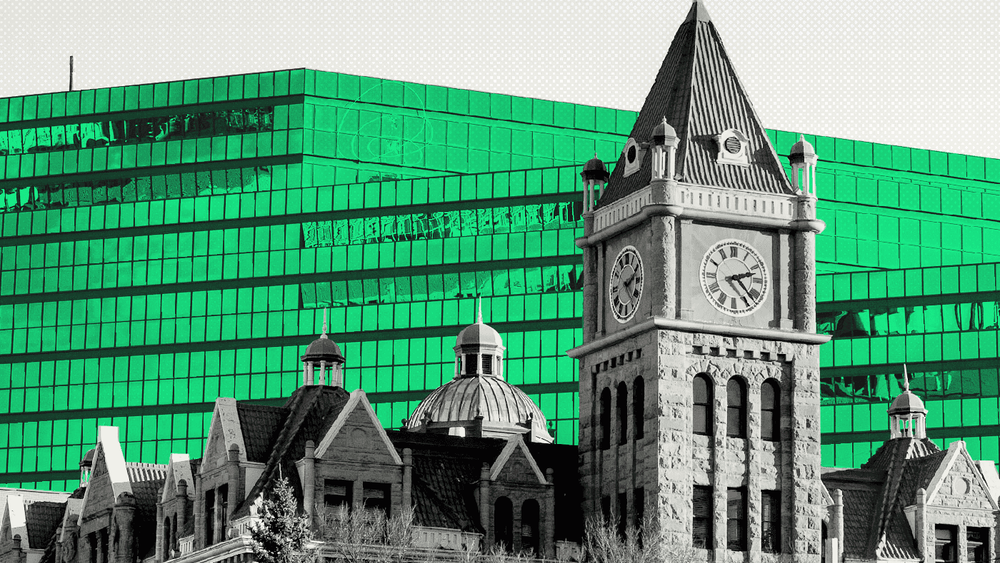
‘This is not reconciliation’: Hard truths on a cold Calgary night
We have work to do.
It might be easy, seeing the images from last night’s Justice for Colten march in Calgary, to think it culminated a portrait of reconciliation.
Gathered on Reconciliation Bridge in bitter cold (-20 C), Indigenous and non-Indigenous marchers linked arms for a round dance. Drums and singing filled the night. The people moved as one, the bridge surging with movement and sound.
Was it powerful and moving? Yes. Was it a Hallmark moment of reconciliation?
Not so fast.
“This is not reconciliation,” declared marchers as they strode onto the bridge. Reconciliation in Canada? It’s a joke, said one. The very bridge they stood on, opened in 1910, was originally named for Hector-Louis Langevin, an architect of the Canadian residential school system.

They were here because Colten Boushie, a 22-year-old man from the Red Pheasant First Nation, was shot and killed in 2016 by Gerald Stanley, a white Saskatchewan farmer. Last week, Stanley was acquitted by an all-white jury.
“We should not all be here,” said Tsuut’ina Nation Councillor Ellery Starlight at the rally before the march. “We should all be at home enjoying our lives today.”
“You should not be scared to send out your kids into this world.”
— Tsuut’ina Nation Councillor Ellery Starlight
Recalling the aftermath of the Stanley shooting—including the treatment of Boushie’s family, when RCMP burst in on his mother’s home as if she was the guilty one—Starlight described it as a sham. “The whole thing was so disrespectful to the common human being,” he said. “And that’s all we are here in this land is human beings.”
“And us as First Nations, just because of the colour of our skin, we’re treated like this?”

And yet even on a night when anger and grief were still raw, the Indigenous people of Treaty 7 still extended a generous hospitality to their settler neighbours.
“How do we end racism?” said Siksika Nation Councillor Ruben (Buck) Breaker at the rally. “It’s not through violence. If we were to go and take it out on somebody out there, guess what’s going to happen? We’re going to get charged—and our stats are going to increase in the jail system.”
“How do we do it? We kill them with kindness.”
And so they did, inviting non-Indigenous marchers into their round dance on the bridge. But even as they danced, tens of thousands of dollars were pouring into a GoFundMe campaign for Stanley (more than $94,000 raised as of this writing) to compensate him for his “difficult situation” in the aftermath of Boushie’s death. Despite widespread outcry, GoFundMe has refused to remove the fundraiser.
Earlier on the weekend, the Facebook page for the Calgary march suddenly disappeared. Why? Because the organizer who created the event, Autumn Eagle Speaker, is Blackfoot. Facebook shut down the original event and locked Eagle Speaker out of her account. Facebook has been doing this for years, denying Indigenous users their identities and instructing them to use “real names” instead.
And yet, hours before the march, organizers were unfazed and undeterred. They got to work. They set up a new Facebook page, spread the word, made sure hundreds of people would come out. They did what needed doing. They didn’t make a big deal of the Facebook shutdown, choosing instead to focus on sending a strong message of support from Calgary to Boushie’s family.
In Calgary and elsewhere, Indigenous people are doing their work and then some. They are healing. They are comforting the bereaved. They are organizing. They are pushing for change. They are taking on racism and dispelling stereotypes.
They are fighting for their lives, literally.

And somehow, in the midst of this, they even manage to extend a hand of friendship to neighbours who have repeatedly betrayed their trust: dance with us. We are all treaty people.
Yes, they are doing their work and then some.
This is the question I was left with after I thawed out Sunday night: what is my work?

What is our work as a city and a community? (Good news: there’s already a blueprint in the city’s White Goose Flying report.)
For white Canadians, the work is not to sit around feeling guilty for the sins of the past, as is often suggested. That’s just a tired straw man, an excuse to avoid discomfort and not do anything. The past is now. We’re living the history, as the Stanley verdict shows. And we have work to do, now, in our institutions — the justice system, politics, education, religion, business, journalism, you name it.
We have work to do in our families. We have work to do in ourselves.
The Truth and Reconciliation Commission defined reconciliation as “an ongoing process of establishing and maintaining respectful relationships. A critical part of this process involves repairing damaged trust by making apologies, providing individual and collective reparations, and following through with concrete actions that demonstrate real societal change.”
On Sunday night, Indigenous leaders, organizers and marchers once again held up their end, calling for respect, justice and change.
Will the rest of us hold up ours?
Jeremy Klaszus is editor-in-chief of The Sprawl.
Support independent Calgary journalism!
Sign Me Up!The Sprawl connects Calgarians with their city through in-depth, curiosity-driven journalism. If you value independent local news, support our work so we can keep digging into municipal issues in the run-up to the 2025 civic election—and beyond!



